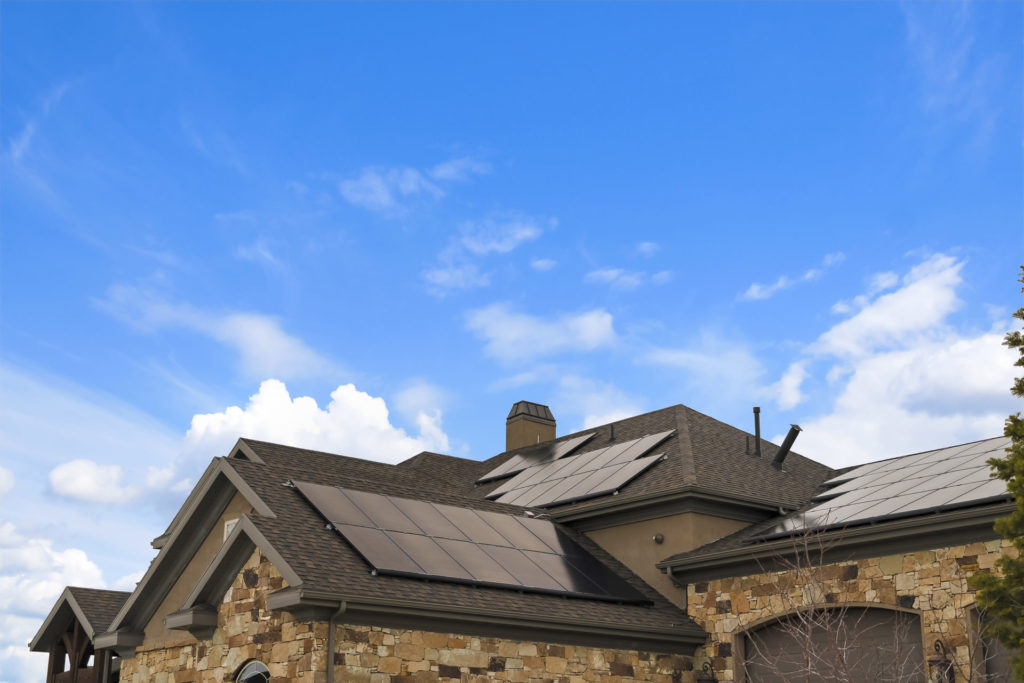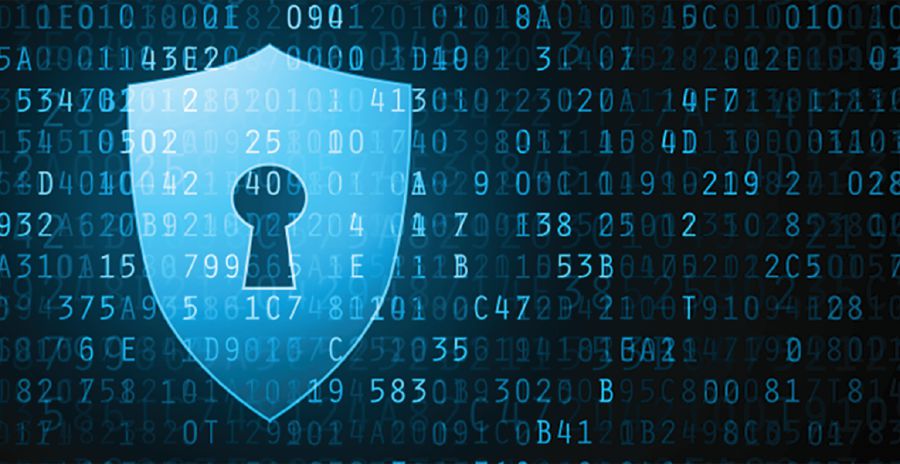
Suzanne Russo

On COP 25 “Ambition Day,” Pecan Street Announces Soil Research Initiative
By Suzanne Russo, CEO, Pecan Street – The scale of the climate change challenge requires solutions of equal scale, and carbon sequestration within farmland soils offers a unique opportunity to reduce emissions. We believe the Pecan Street model can help to accelerate progress toward realizing the potential of this critical carbon sink.

Pecan Street @ 10: Tackling Energy Justice Through Representative Research Datasets
By Suzanne Russo, CEO, Pecan Street – In some ways, our volunteers are a varied bunch. But there are few things that connect most of our participants and, in fact, most “early adopter” market segments. They’re mostly homeowners. They’re mostly mid- to upper-income. They already know a good deal about energy, their energy bill, and the cost of renewable energy options. In other words, they’re not the “average energy customer.”

How is an Electric Grid Like an Octopus?
By Suzanne Russo, CEO, Pecan Street – We know that achieving the kind of emission reductions we’ll need to ward off the worst consequences of climate change will require a more flexible, responsive and sophisticated grid. And that will take new thinking. But when it comes to rethinking our grid, we may have some guidance from natural systems that were designed long before the first watt ever powered a lightbulb.

Pecan Street @ 10: Putting People and Privacy First in a Data-Centric World
By Suzanne Russo, CEO, Pecan Street – We may be in the research field, but with our participants, we’re in the trust business. The reason we have been able to develop our new technologies and share the research insights we’ve discovered over the last ten years is that regular people have been willing to share their information with us.

Data: The Fifth Utility?
By Suzanne Russo, CEO, Pecan Street – The data challenge extends far beyond Amazon, Google and Facebook. Data is everywhere. In our work at Pecan Street, conversations about distributed energy are often conversations about data.

What 1-second data can tell you about voltage and solar
By Suzanne Russo, CEO, Pecan Street One topic we’ve been focusing on recently is voltage stabilization. It’s not sexy, but it’s important. In short, the goal is to keep voltage on the grid as constant as possible. A number of things upset that constancy, and operators have developed a number of responses, from load shifting to capacitor banks, reactors and more.

Annual report and year end review.
By Suzanne Russo, CEO, Pecan Street The past year was one of successes, reflection and transition at Pecan Street, and we’re proud to share with you how we’ve continued — and expanded — the organization’s commitment to world-class energy and water research. You can download the entire Annual Report here.

Pecan Street’s high-resolution data is unlocking grid mysteries
By Suzanne Russo, CEO, Pecan Street Clean electricity is booming. Last year in California, solar power plants generated nearly 12% of the state's total electricity production and distributed solar likely produced another 5%. Texas got 18% of its electricity from wind and solar. In many markets, unsubsidized clean energy costs the same or less than conventional fossil-fuel powered plants. And the cost of clean, renewable electricity continues to fall.

Better late than never, right?
By Suzanne Russo, CEO, Pecan Street You know those friends you haven’t seen in a while…the ones that you KNOW have been busy trying to change the world, but haven’t bothered blogging about it? That’s us.





